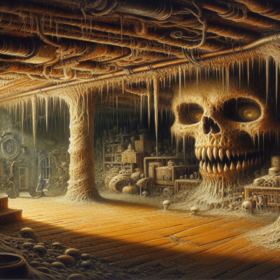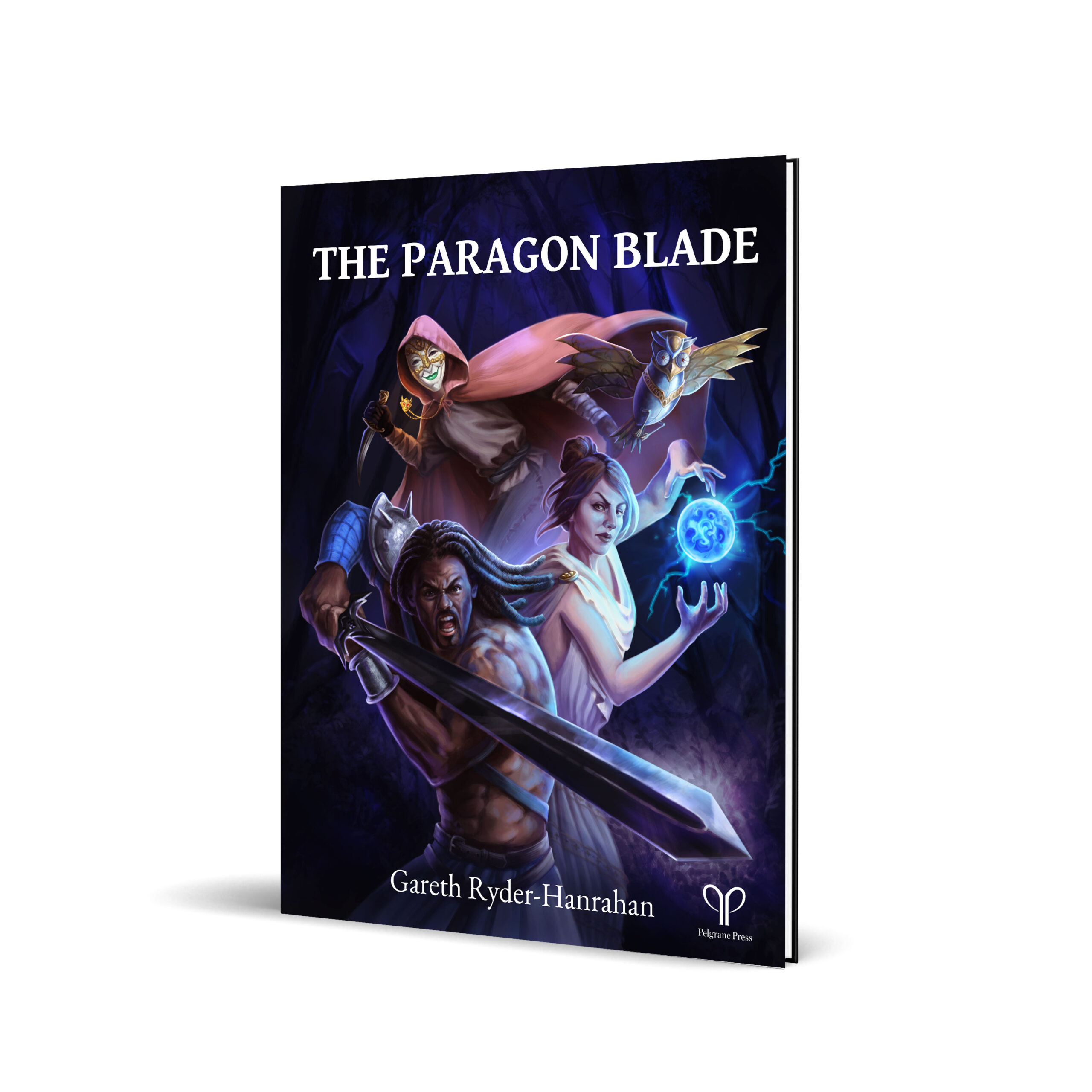The following article originally appeared in an earlier iteration of See Page XX in April 2008. It discusses several technical details about podcasting, which the reader should bear in mind are now over 12 years old. By Paul MacLean [Editor] Paul, also known as Paul of Cthulhu is the head honcho over at Yog-Sothoth, and […]
Tag Archives: podcasts
“He placed me in a comfortable chair, and arranged the phonograph so that I could touch it without getting up, and showed me how to stop it in case I should want to pause. Then he very thoughtfully took a chair, with his back to me, so that I might be as free as possible, […]
Update Nov. 2015: It appears the Nyerd website is no more, and the Actual Play audio is no longer available online. Alas. I’ve had a lost of requests for an actual play series to introduce people to Hillfolk and DramaSystem and have kicked around various ways of making this happen. Turns out all I had […]
Robin appears as the guest in this week’s exciting episode of Jennisodes, where, in addition to explaining your dreams to you, he talks Hillfolk, Ashen Stars, Dreamhounds of Paris and more.
Color me honored to appear as a guest on the landmark 50th episode of the G*M*S Podcast. Join ace interviewer Paco Jaen as he grills me on Stone Skin Press, Hillfolk, and how we coerced Simon into greenlighting Dreamhounds of Paris. Regarding the post-interview discussion, I hate to ruin a thrilling mental picture but have […]
Episode 90 of Ron and Veronica Blessing’s The Game’s the Thing podcast focuses on Ashen Stars, with your humble game designer as the guest. Join us as we talk about the game’s premise, genesis, development process and additions to the GUMSHOE toolkit. Also up for discussion are Hamlet’s Hit Points, why players only think they […]
Robin Laws discusses Ashen Stars here, at about 27.15.
Robin discusses Skulduggery on The Game’s the Thing podcast.


